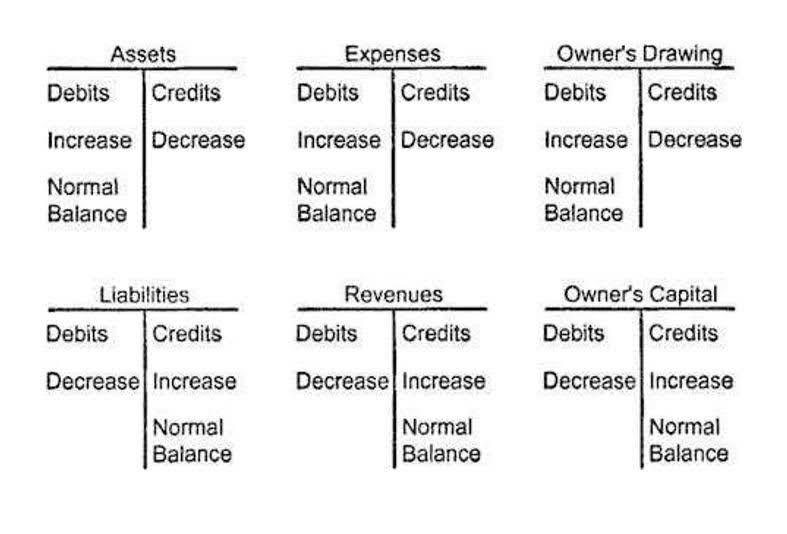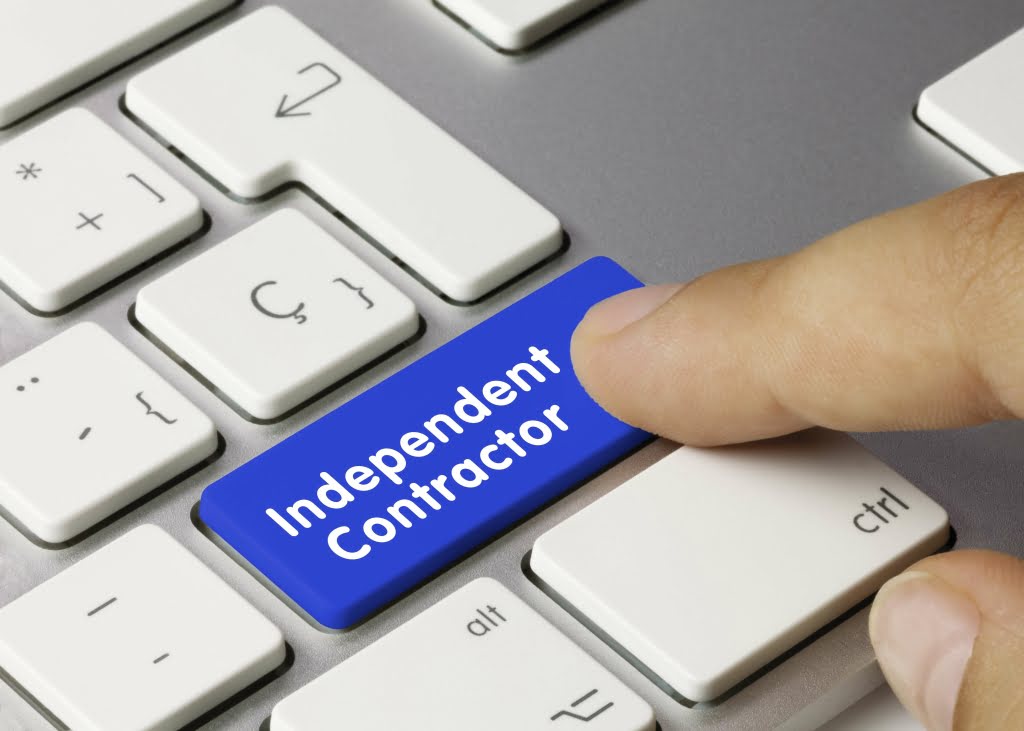
It shows us what the company owns, what it owes, and the value left for the owners. This makes it easier for people to see how well the company is doing and to make smart decisions about investing in or lending money to the business. It’s a powerful tool that provides insights into a company’s financial health, guiding decisions for investors, management, and other stakeholders.

Classified Balance Sheet Vs. Common Balance Sheet
Just as you wouldn’t throw all your clothes into a heap on the floor, a classified balance sheet neatly arranges a company’s financial information into categories. Have you ever looked at a company’s financial statement and felt like you were staring at a foreign language? Financial statements, especially balance sheets, can seem confusing at first.
- Examples of current liabilities include accounts payable, accrued liabilities, current portion of long term debt (CPLTD), deferred revenue, etc.
- The above are some basic differences between the two categories of balance sheet.
- Additional paid-in capital or capital surplus represents the amount shareholders have invested in excess of the common or preferred stock accounts, which are based on par value rather than market price.
- For example, accounts receivable must be continually assessed for impairment and adjusted to reflect potential uncollectible accounts.
- For example, understanding how much profit a company makes after all expenses are paid helps investors decide if the company is successful.
- In both cases, the external party wants to assess the financial health of a company, the creditworthiness of the business, and whether the company will be able to repay its short-term debts.
Determining Shareholders’ Equity and Retained Earnings
- In general, buyers interested in your business will also want to see the last three years of financials, so it’s important to understand how to prepare them before listing your business.
- Current are the possessions of a company that can be liquidated within 12 months.
- Small businesses and sole proprietorship do not have a condition of publishing their financial statements.
- In simple terms, a classified balance sheet is like a well-organized closet.
It provides detailed financial information, aiding stakeholders in making informed decisions by highlighting the company’s strengths and potential risks. So, the next time you come across a classified balance sheet, you won’t just skim through it. You’ll dive in, analyze, and extract valuable insights like a seasoned financial detective. And remember, if you ever need expert advice or detailed financial analysis, our team at A&I Financials is here to help. We offer comprehensive financial services, from bookkeeping and auditing to financial planning and analysis. Don’t hesitate to reach out—we’re here to make your financial journey smoother and more insightful.
Balance Sheet Accounting Relies On Flexible Accounting Software
My Accounting Course is a world-class educational resource developed by experts to simplify accounting, finance, & investment analysis topics, so students and professionals can learn and propel their careers. The Federal Reserve, the central bank of the United States, provides the nation with a safe, flexible, and stable monetary and financial system. Go a level deeper with us and investigate the potential impacts of climate change on investments like your retirement account.
Artificial Intelligence Financial Model
There is nothing that requires that a business activity be conducted through a corporation. If several persons are involved in a business that is not incorporated, it is likely a partnership. Again, the balance sheet would be unchanged except for the equity a classified balance sheet section; the equity section would be divided into separate accounts for each partner (representing each partner’s residual interest in the business). These are short-term resources that are utilized within the operating period, usually a year.
- A classified balance sheet is important because it provides a snapshot of a company’s financial position.
- It is a more detailed approach, whereby the business will organize the data in such a manner so that more specific and detailed information is available to whoever tries to analyse or read it.
- In this blog, we’ll explain what a classified balance sheet is, discuss how it’s different from an unclassified balance sheet, and explain why a classified balance sheet is generally more useful.
- It conveys a strong message to the investors that their money is safe as management is serious about the business’s profitability and running it ethically and within the rules of the land.
- It’s like sorting your toys into boxes so you can easily find what you’re looking for.
- The most common classifications are current assets, fixed assets, intangible assets, and shareholders’ equity.
These detailed balance sheets can be prepared in both formats of reporting, either IFRS or GAAP US. The equity section of https://www.bookstime.com/ is very simple and similar to a non-classified report. Common stock, additional paid-in capital, treasury stock, and retained earnings are listed for corporations.

It also shows us the big things it plans to keep for a long time, like buildings or equipment, known as long-term assets. A classified balance sheet is like a big box that holds information about what a company owns and owes, all sorted into neat groups. It’s a special kind of balance sheet that helps everyone understand the company’s financial health better. This format is important because it gives end users more information about the company and its operations. Creditors and investors can use these categories in their financial analysis of the business. For instance, they can use measurements like the current ratio to assess the company’s leverage and solvency by comparing the current assets and liabilities.

Classified balance sheets are a useful resource for your business

